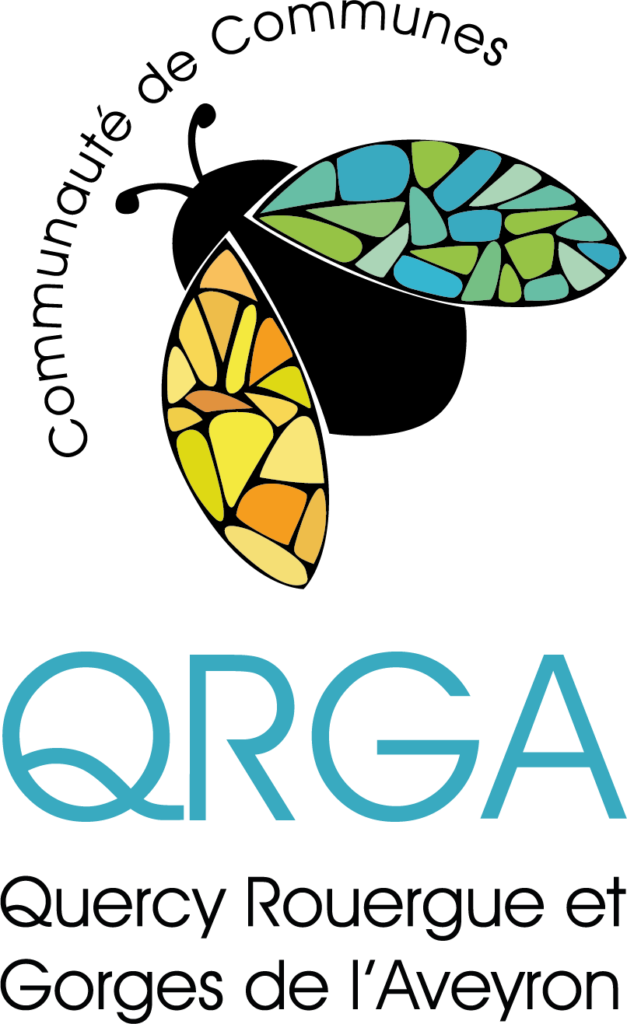Saint-Antonin-Noble-Val
Roc Deymié

Turn right into rue du docteur Paul Benet, then left into côte de la Rodanèze.
Continue straight ahead on the road leading up to the water tower. Follow the road as it bends to the left.
Turn left onto the path, lined with boxwood, juniper and low drystone walls, which winds around the western slope of Roc Deymié. At the crossroads, turn left to reach the edge of the cliff and walk along the Nibousou cirque on a path paved with natural flagstones.
Turn right onto the path. After 500 m, turn right onto the track, which becomes tarmac halfway along. At the intersection with the road, turn left. Continue along the narrow road and, at the cross, turn right towards the Bosc de Lacam bell tower or the Grotte du Bosc (open in season - private property).
Turn right onto the path. After 150 m, turn right onto the path through the box trees.
(It is possible to cross the road and take the path that leads to the washhouse and the spring of the stream). Rejoin the road, fork left and follow the road as far as the intersection.
At the crossroads, take the central path leading to the edge of the plateau and along the rocky ridge to the Deymié crest (panoramic view of the Aveyron valley, the Roc d'Anglars and Saint-Antonin).
Descend towards the village along the steep path, slippery in wet weather (take care to use the ladder), which winds its way down to the housing estate. Turn left onto the road that leads back to point 2.
and reach the car park
WP GPX Maps Error: GPX file not found! /var/www/vhosts/causses-gorgesaveyron.com/httpdocs/wp-content/uploads/gpx/Cirkwi-Le_Roc_Deymié.gpx
Download file: Cirkwi-Le_Roc_Deymié.gpx
© OpenStreetMap contributors
route info
TRAIL INFO
- 2h30
- 9 km
- Max 334 m
- min 133 m
The arduous ascent via the Camin Roudanès to the top of the Deymié is rewarded with a magnificent panorama of the Aveyron gorges and the Roc d'Anglars.
practical information
Situations:
practical information
Saint Antonin Noble Val
19 km from Caussade
PArking:
Place des Tilleuls
To discover
The Nibouzou circus (outstanding view)
The Bosc cave: (open seasonally and all year round by prior arrangement) was discovered on 31 August 1936. It was fitted out and opened to the public on 9 May 1937. Its particularity is due to the presence of original limestone concretions: eccentric concretions, draperies, stalactites and stalagmites.
On the Deymié rock:
The flora is typical of the area: feathery stipe, bituminous psoriasis, orchis, helianthemum and carnation.










